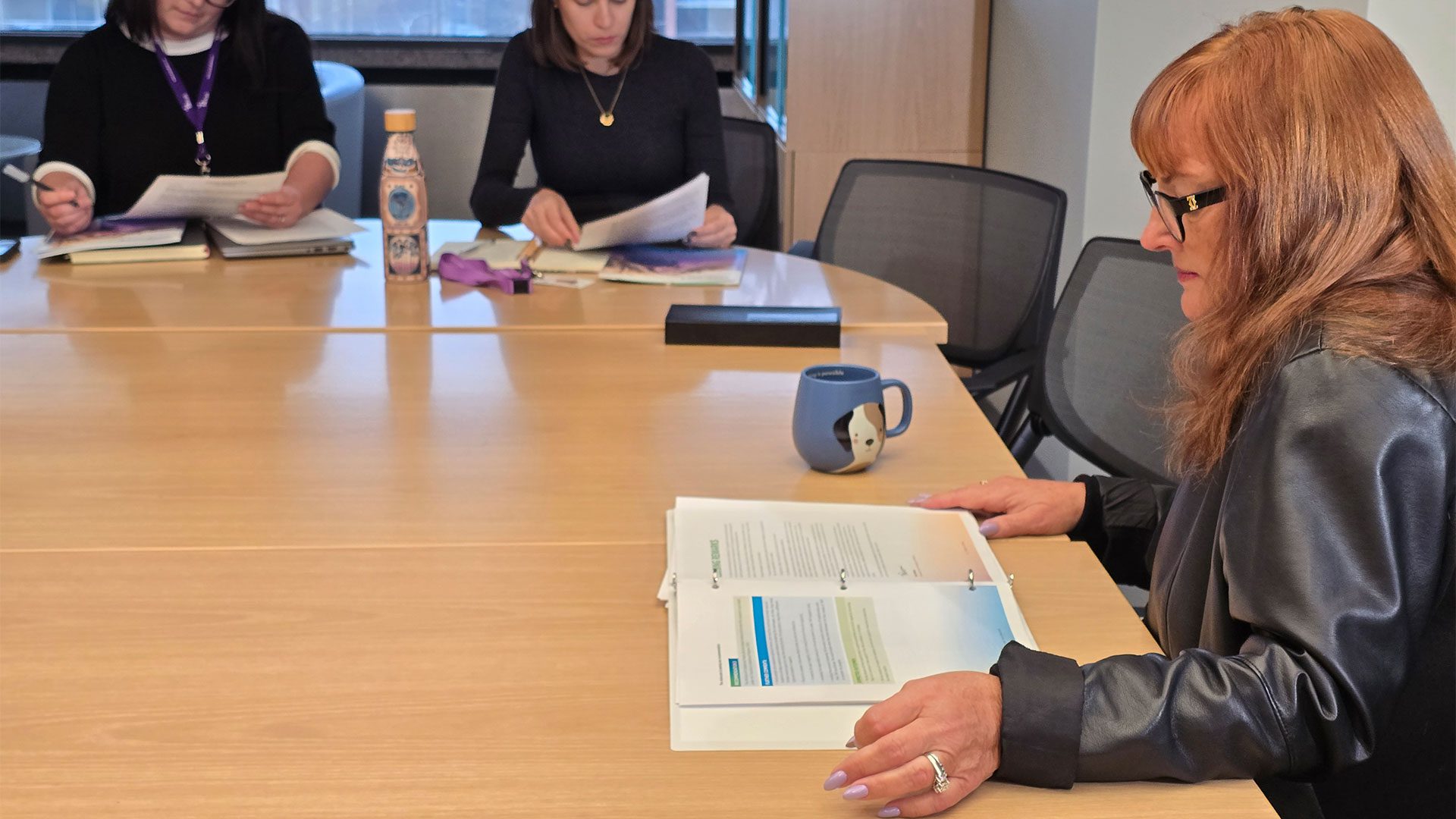Alberta child advocate, Terri Pelton’s latest annual report on youth in the Alberta child welfare system shows the perennial continuation of too many Indigenous youth being severely injured or dying while in the system, or shortly after leaving.
“What I think is particularly troubling is that 35 of the 48 young people [who were seriously injured or died] were Indigenous,” said Pelton.
“And so we are continuing to see an over-representation of systems in the lives of Indigenous young people, their families and their communities.
“I’m not making a recommendation out of this report, but I am reinforcing previous recommendations about supporting communities to be supportive to take their kids back.”
According to Pelton, 17 of 33 youths who died in the last year had aged out of the system. She said the province needs to keep helping youth beyond the current age of 22 to reduce these numbers.
Pelton said many don’t have the support other young people with family support have.
“If they come home at 26 and they were evicted or lost their job, we are a safety net for them,” the child and youth advocate said. “Young people in the permanent care of the government don’t necessarily have those family connections which then speaks back to the importance of Indigenous young people, particularly to be connected.
“I’ve heard about some nations that are serving their young people to 26 and so if nations can start making those changes, government surely can.”

According to Pelton’s report, of the total 48 youth killed or seriously injured, 26 of them, over half, had similar issues.
“Most of the young people in this report struggle with either mental health or substance use, or unfortunately both,” said the advocate. “And so our office has done a number of reports on the increasing deaths related to the opioids and substance use and I think the next step, because I’ve seen the government make some positive moves, like a virtual opioid dependency program, they are doing a lot of work to increase supports.
“I would just like to see more targeted support for young people.”
APTN News asked how the Alberta government has done on her past recommendations.
“A number of them are ongoing states of progress – significant or some progress,” she said. “Some have been met. “I did see some good work involved with a youth suicide strategy that was implemented. Now I would like to see some follow-up on that.
“But I’m feeling positive about what is going on for the most part.”
More to come.










